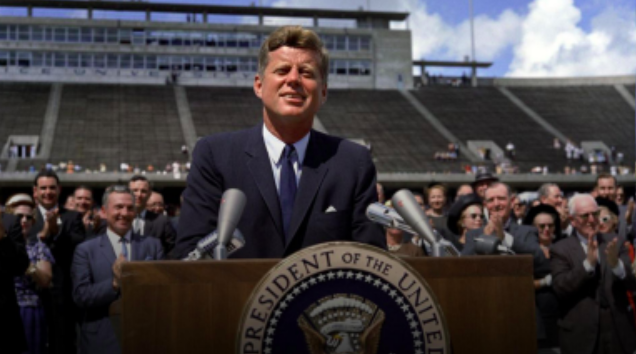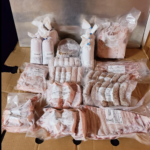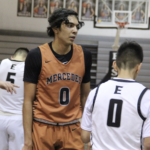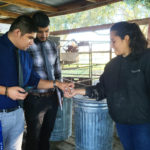We Chose to Go! 60th Anniversary of JFK Speech at Rice University

By Dr. Samuel Garcia Jr
As evidenced by this past weekend’s Artemis I launch attempt from Cape Canaveral, space is hard. REALLY HARD. The launch director waived off the September 3rd Artemis I launch attempt at approximately 11:17 a.m. EDT. Teams encountered a liquid hydrogen leak while loading the propellant into the core stage of the Space Launch System rocket. Multiple troubleshooting efforts to address the area of the leak by reseating a seal in the quick disconnect where liquid hydrogen is fed into the rocket did not fix the issue.
Throughout the decades, the brightest and most innovative minds at NASA have made it seem that launching large, heavy vehicles that break the bounds of gravity that send cargo and crew to space is a predictable, routinized process. And yet, that could not be further from reality. The complexity of developing systems and technologies that are able to defy the constraints of gravity and the
harshness of space is a daunting task that requires a steadfast commitment to innovation, exploration, and transformation.
This commitment of doing ‘hard,’ almost seemingly impossible things was cemented by President John F. Kennedy back on September 12, 1962. Speaking in front of a large crowd at Rice University, President Kennedy famously shared the following message: “We choose to go to the moon. We choose to go to the moon in this decade and do the other things, not because they are easy, but because they are hard, because that goal will serve to organize and measure the best of our energies and skills, because that challenge is one that we are willing to accept, one we are unwilling to postpone, and one which we intend to win, and the others, too.”
The president’s words resonated throughout the entire country and helped to galvanize vital public support, which ultimately led to government buy-in and investment The U.S. government committed
approximately $25 billion to the program, equivalent to over $100 billion today. NASA funding comprised 4.4% of the national budget in 1966. This amount of federal support further illustrates America’s dedication to taking the lead in the coveted space race.
“In 1962, President Kennedy delivered a historic speech at Rice University on his groundbreaking plans for the new frontier and sending the first humans to the Moon. Sixty years later, we choose to go to the Moon – and on to Mars,” said NASA Administrator Bill Nelson. “We are gearing up for the first test flight of the most powerful rocket in the world for Artemis I. This time, we’re going to the Moon with the goal of establishing a human presence to learn how to live and work in deep space to prepare for the first human missions to Mars. We continue to build on the legacy of the Apollo program as the Artemis Generation prepares to go farther into the cosmos than ever before.”
Although President Kennedy did not live to see Neil Armstrong become the first human to set foot on the moon, his legacy lives with every mission that requires that creativity, boldness, tenacity, and uncompromising spirit of exploration that was needed to achieve the goal of landing humans on the moon. And with Artemis, we will be returning to the moon, only this time to stay. WE ARE GOING!
Follow @drsamuelgarcia on social media to stay up to date on all things NASA and of course, my experiences working at the world’s premiere multi-user spaceport. Have any comments, feedback or stories to share? Please email them to drsamuelgarciajr@gmail.com
Dare Mighty Things, SGJr.









